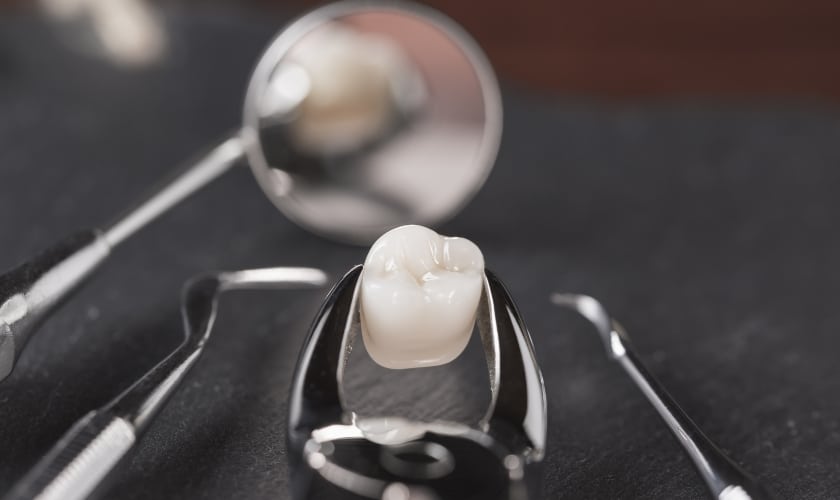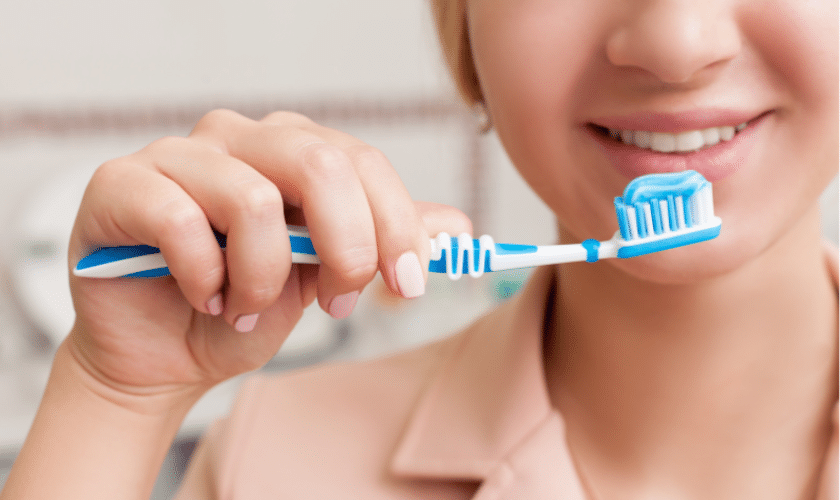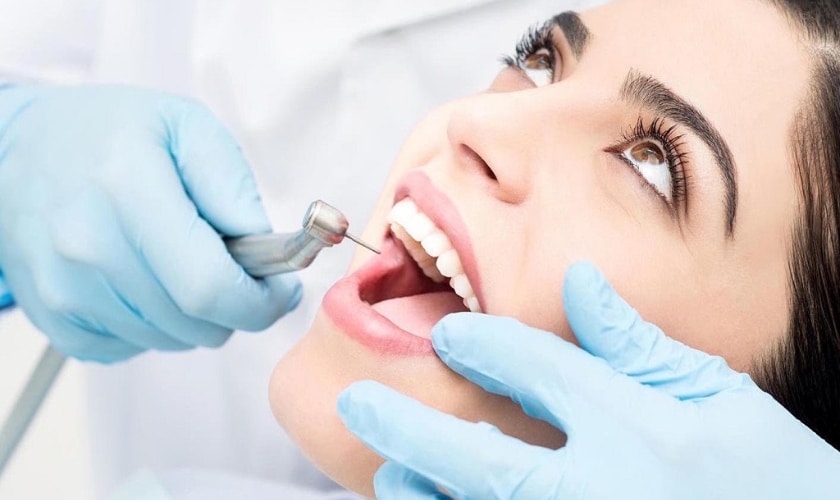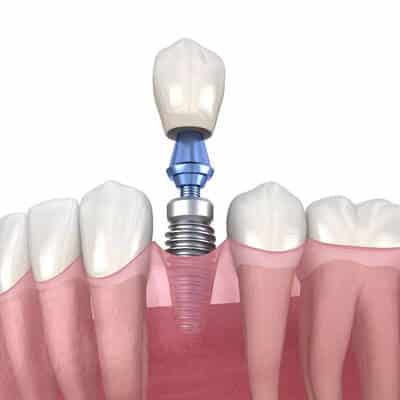
Tooth extraction is a common dental procedure performed to remove a damaged, decayed, or problematic tooth. While tooth extraction is often necessary to preserve oral health and prevent further complications, the recovery process can vary depending on the complexity of the extraction and individual factors such as overall health and adherence to post-operative care instructions. Whether you’re preparing for a simple extraction or a more complex surgical procedure, understanding how to facilitate a smooth recovery is essential for minimizing discomfort and promoting optimal healing. In this comprehensive guide, we’ll explore essential tips for a smooth tooth extraction recovery to help you navigate the post-operative period with confidence.
- Follow Post-Operative Instructions:
Following your dentist’s post-operative instructions is crucial for ensuring a smooth tooth extraction recovery. These instructions are tailored to your specific needs and help minimize the risk of complications such as infection or excessive bleeding. Be sure to adhere to any dietary restrictions, activity limitations, and oral hygiene recommendations provided by your dentist.
Common post-operative instructions may include:
- Avoiding vigorous rinsing or spitting for the first 24 hours.
- Refraining from smoking or using tobacco products.
- Taking prescribed medications as directed, including pain relievers and antibiotics.
- Applying ice packs to the affected area to reduce swelling and discomfort.
- Eating soft foods and avoiding hard, crunchy, or sticky foods that may irritate the extraction site.
- Keeping the extraction site clean by gently rinsing with saltwater or a prescribed mouthwash.
By following these guidelines diligently, you can help promote proper healing and minimize the risk of complications during your tooth extraction recovery.
- Manage Pain and Discomfort:
It’s normal to experience some degree of pain and discomfort following a tooth extraction, especially during the first few days. However, you can take steps to manage pain effectively and improve your comfort level during the recovery process. Your dentist may prescribe pain medication to help alleviate discomfort, so be sure to take it as directed.
In addition to medication, you can use over-the-counter pain relievers such as ibuprofen or acetaminophen to help manage pain and reduce inflammation. Applying ice packs to the affected area can also help numb the area and reduce swelling. Be sure to follow your dentist’s recommendations for pain management and avoid taking aspirin, as it can increase the risk of bleeding.
- Monitor for Signs of Infection:
While rare, infection can occur following a tooth extraction and may necessitate prompt treatment by your dentist. It’s essential to monitor for signs of infection and seek medical attention if you experience any of the following symptoms:
- Persistent or worsening pain that is not relieved by medication.
- Swelling or redness in the gums or jaw.
- Fever or chills.
- Foul-smelling discharge or pus from the extraction site.
- Difficulty swallowing or breathing.
If you notice any of these symptoms, contact your dentist immediately for further evaluation and treatment. Early intervention can help prevent the spread of infection and promote a speedy recovery.
- Maintain Good Oral Hygiene:
Proper oral hygiene is essential for preventing infection and promoting healing following a tooth extraction. While you should avoid vigorous brushing or flossing near the extraction site during the first few days, it’s important to keep the rest of your mouth clean to prevent bacteria from causing infection.
After the first 24 hours, gently rinse your mouth with saltwater or a prescribed mouthwash to help keep the extraction site clean and free of debris. Be sure to brush your teeth gently, avoiding the extraction site, and continue to floss regularly to remove plaque and food particles.
- Eat a Soft Diet:
In the days following a tooth extraction, it’s best to stick to a soft diet to avoid irritating the extraction site and promote healing. Opt for foods that are easy to chew and swallow, such as soups, yogurt, mashed potatoes, scrambled eggs, and smoothies.
Avoid hard, crunchy, or sticky foods that may dislodge the blood clot forming in the extraction site or cause irritation to the surrounding tissues. As your recovery progresses, you can gradually reintroduce solid foods into your diet, starting with softer options and gradually advancing to more challenging textures.
- Avoid Smoking and Tobacco Products:
Smoking and tobacco use can impair the healing process and increase the risk of complications following a tooth extraction. Nicotine constricts blood vessels, reducing blood flow to the gums and delaying healing. Additionally, smoking increases the risk of infection and can interfere with the formation of blood clots necessary for proper healing.
If you smoke or use tobacco products, it’s essential to abstain from them for at least 24 to 48 hours following a tooth extraction, if not longer. Quitting smoking altogether can further improve your oral health and reduce the risk of complications from future dental procedures.
- Attend Follow-Up Appointments:
Following a tooth extraction, your dentist may schedule a follow-up appointment to monitor your progress and ensure that the extraction site is healing properly. It’s essential to attend these appointments as scheduled and follow any additional recommendations provided by your dentist.
During follow-up appointments, your dentist may remove any sutures, evaluate the healing of the extraction site, and address any concerns or complications that may arise. By staying proactive about your dental care and attending follow-up appointments, you can help ensure a smooth recovery and maintain optimal oral health.
Recovering from a tooth extraction can vary from person to person depending on factors such as the complexity of the extraction, overall health, and adherence to post-operative care instructions. By following these essential tips for a smooth tooth extraction recovery, you can minimize discomfort, reduce the risk of complications, and promote optimal healing. Remember to follow your dentist’s post-operative instructions diligently, manage pain and discomfort effectively, monitor for signs of infection, maintain good oral hygiene, eat a soft diet, avoid smoking and tobacco products, and attend follow-up appointments as scheduled. With proper care and attention, you can navigate the recovery process with confidence and enjoy a healthy, pain-free smile for years to come.











